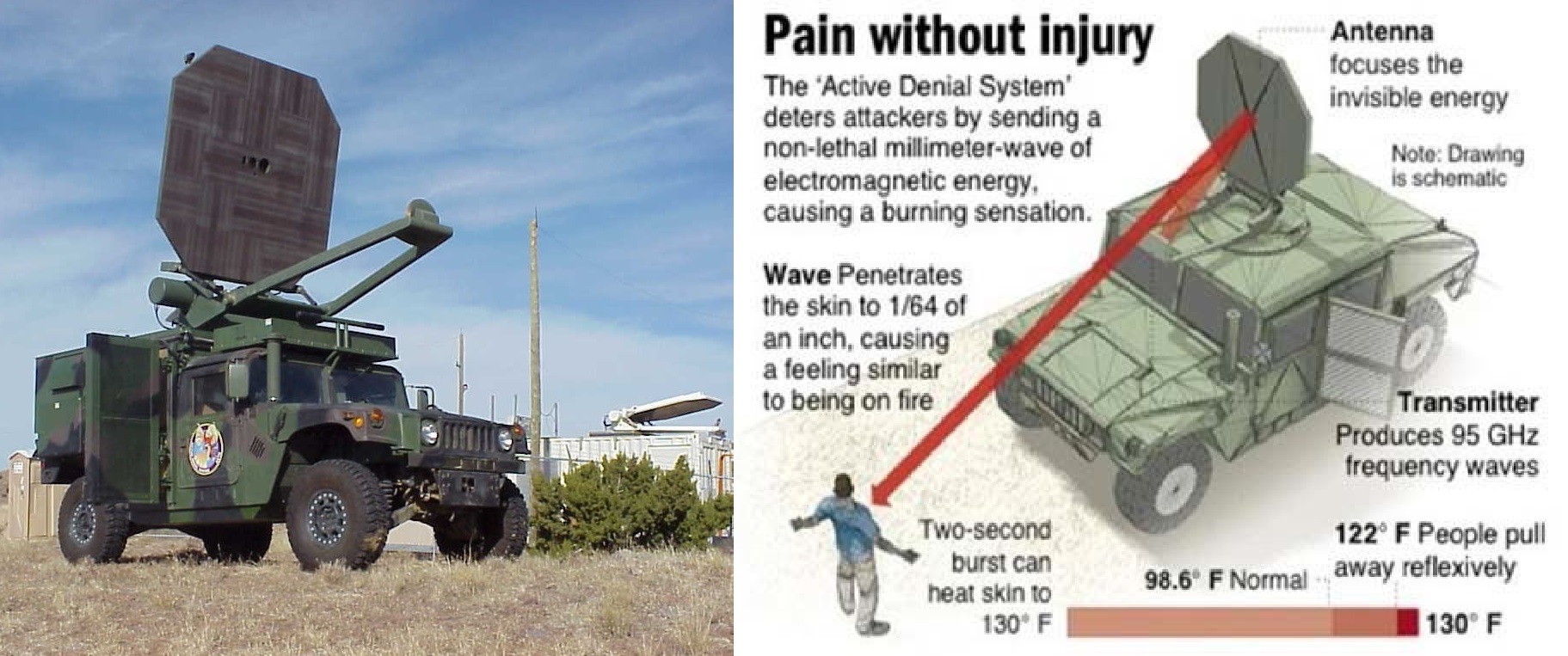NATO Advances Future of Military Aviation with Next-Gen Rotorcraft Platform Contracts

In a significant stride towards modernizing military aviation, NATO's Support and Procurement Agency (NSPA) has awarded contracts to Airbus Helicopters, Lockheed Martin Sikorsky, and Leonardo to develop cutting-edge rotorcraft concepts under the Next Generation Rotorcraft Capability (NGRC) program. This initiative aims to revolutionize rotorcraft technology and ensure NATO's aviation superiority for decades to come.
The NGRC program is a forward-thinking effort designed to replace NATO’s aging fleet of medium-lift helicopters, with a target of introducing new models from 2035 to 2040 and beyond. The contracts represent the fifth NGRC concept study and focus on exploring integrated platform concepts, leveraging advanced materials, digital design, and innovative manufacturing processes.
Innovative Collaborations and Goals
Airbus Helicopters, teaming with RTX’s Collins Aerospace and Raytheon businesses, as well as MBDA, will spend 13 months analyzing two integrated next-generation military helicopter concepts. The goal is to develop a European solution that meets the needs of NATO's armed forces while maintaining industrial sovereignty for European nations. Airbus Helicopters CEO Bruno Even emphasized the unique opportunity this study presents to utilize their extensive experience with European armed forces.
Lockheed Martin Sikorsky is set to bring its X2 coaxial high-speed helicopter technology into the fold. The X2, developed in 2005, features an integrated auxiliary propulsion system and counter-rotating rotor blades, enabling it to perform a variety of missions, including attack, reconnaissance, and transport. Sikorsky's vice president of Future Vertical Lift, Andy Adams, highlighted the proven capabilities of the X2 through rigorous flight testing, stating that the prototype will integrate various advanced systems to enhance NATO's defense and deterrence capabilities.
The Broader Context
The NGRC program is supported by several NATO member countries, including France, Germany, the UK, the US, Ireland, and Italy. These nations recognize the critical need for a next-generation rotorcraft that can team with unmanned platforms and fly unrefueled for up to 1,650 kilometers (1,025 miles), nearly double the range of current medium-lift helicopters. The new rotorcraft is also expected to have a weight range of 10 to 17 tons and a lifting capacity of over 4,000 kilograms (8,800 pounds).
Lockheed Martin Sikorsky's European Industry Group, comprising partners such as BAE Systems, ELT Group, ESG Elektroniksystem-und Logistik GmbH, GE Aerospace, Hellenic Aerospace Industry, Kongsberg, Liebherr-Aerospace Lindenberg GmbH, MAGroup, Malloy Aeronautics, SAFRAN, Rheinmetall, and TERMA, is poised to contribute a wealth of expertise to the project. This collaboration aims to bring about a highly capable and versatile rotorcraft system that combines speed, range, maneuverability, survivability, and operational flexibility.
As the NGRC concept studies progress, the insights gained will pave the way for the next generation of military rotorcraft, ensuring that NATO remains at the forefront of aviation technology. The successful development of these advanced rotorcraft will not only enhance NATO's operational capabilities but also solidify the industrial and technological prowess of its member nations.
With these ambitious plans and collaborations, NATO is set to redefine the future of military aviation, ensuring that its forces are equipped with the most advanced and capable rotorcraft to meet the challenges of tomorrow.


